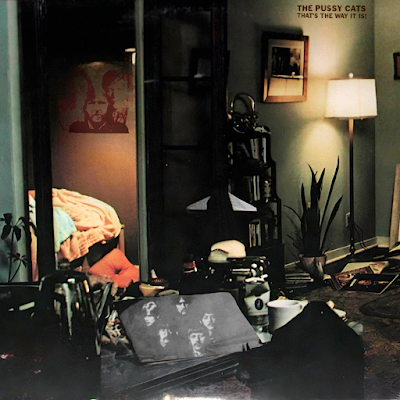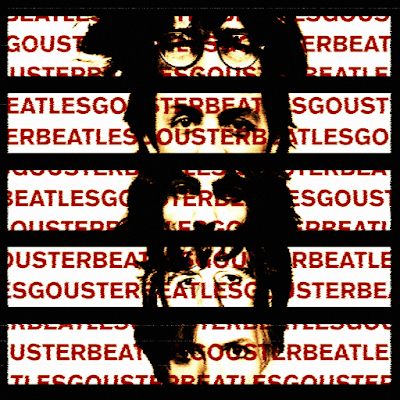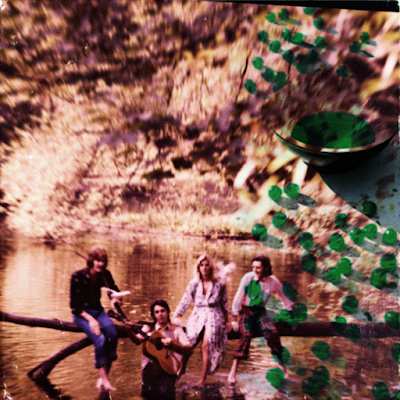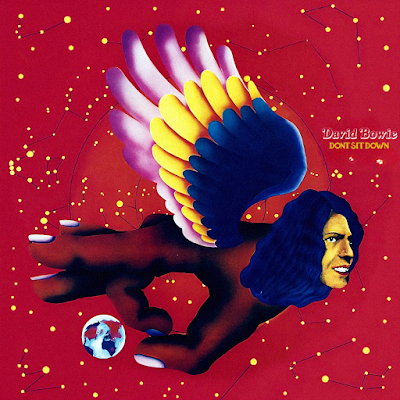Intermission: Beatles Live (1974)

THE BEATLES - BEATLES LIVE Released: 29 June 1974 Genre: Rock Producer: The Beatles, George Martin, Tony Visconti Side A Band on the Run 1984 Jet Instant Karma! Hi, Hi, Hi Side B Cold Turkey It Don't Come Easy Rebel Rebel I've Just Seen a Face Suffragette City Side C Changes Come Together A Cracked Actor Photograph Live and Let Die Side D Rock 'n' Roll with Me Lady Madonna Lucy in the Sky with Diamonds I Saw Her Standing There Side E Rock Show New York City Imagine Rock 'n' Roll Suicide Side F Goodnight Vienna Maybe I'm Amazed Give Peace a Chance Soily Big Brother Chant A mix for this album will be coming in the distant future.















